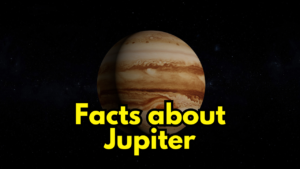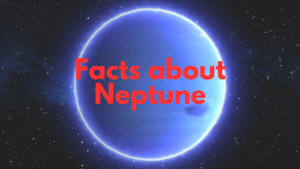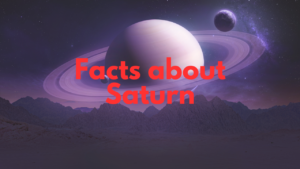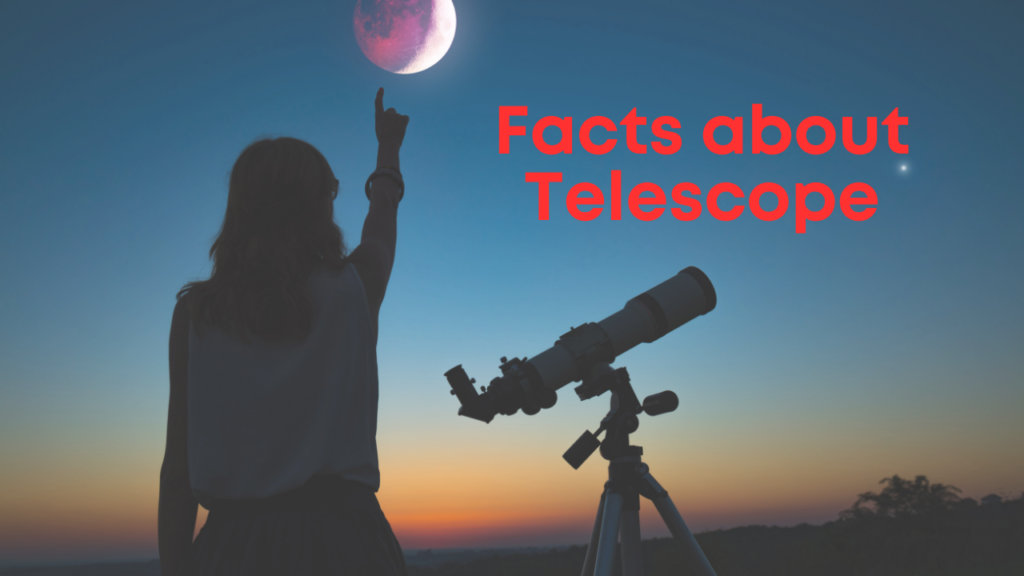
Have you ever wondered what that glimmering ball of light in the sky is or appears to be when you glance up? Today we are going to discuss 25 Amazing Facts about Telescope.
telescope, a tool for creating enlarged pictures of far-off objects. Without a question, the telescope is the most significant research instrument in astronomy. It offers a way to gather and examine radiation from celestial objects, even those located far out in space.
The telescope is a tool that has been used for millennia by a wide range of people, including backyard stargazers and professional astronomers.
However, what is your really level of telescopic knowledge?
Facts about Telescope No1:
Actually, a graphic from a 1609 letter is the oldest known example of a telescope. Giovanbattista Della Porta drew it.
Facts about Telescope No2:
The Hubble Space Telescope (HST) is over 22 times faster than the Land Speed World Record for the fastest car ever, reaching an orbit around the globe at nearly 17,000 mph (27,300 km/h).
Facts about Telescope No3:
At 43.5 feet (13.2 meters) in length, the HST is a formidable object weighing 24,000 pounds (10,886 kg).
Facts about Telescope No4:
The word “telescope” originates from the Latin words “tele,” meaning “at a distance,” and “scopeium,” meaning “to examine or look.”
Facts about Telescope No5:
It is commonly claimed that Galileo’s blindness was caused by staring at the sun through his telescope, however this is unconfirmed. Instead, glaucoma and cataracts are thought to have played a combined role.
Facts about Telescope No6:
The Kepler Space Telescope observed a supernova located approximately 1.2 billion light-years away in March 2016 that was 500 times larger than the sun.
Facts about Telescope No7:
Pope Paul actually observed the Moon during the Apollo Moon landing mission in 1969, first seeing the broadcast moonwalk and then the Moon from within the Vatican Observatory.
Facts about Telescope No8:
First Light is a word used to describe the first instant a telescope sees the sky and is used when talking about telescopes.
Facts about Telescope No9:
Although we can see objects millions of light-years away, the clarity of planets, their surfaces and features, and other cosmic wonders is usually a greater motivator when creating a telescope than distance.
Facts about Telescope No10:
Chile alone accounts for half of the top ten largest telescopes in the world. Four of them are in the Paranal Observatory, giving them the lower 50% as well.
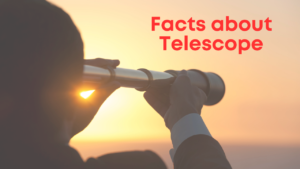
Facts about Telescope No11:
Using a tool called a Pirate Telescope, pirates are frequently depicted in film examining the horizon. These were typically taken from ship captains when their vessel was commandeered; pirates did not truly invent them.
Facts about Telescope No12:
Although everyone is familiar with the “typical” telescope—an optical tool used for magnification—did you realize that there are other kinds of telescopes as well? These consist of ultraviolet, x-ray, and infrared telescopes.
Facts about Telescope No13:
In 1930, Karl Guthe Janksy created the first radio telescope in history. A worker at Bell Telephone Laboratories constructed the merry-go-round to assist in determining the source of radio static interference.
Facts about Telescope No14:
The Compton Gamma Ray Observatory (CGRO) took an incredible 617 million years to create and was intended for photon detection. It was launched into orbit in April 1991.
Facts about Telescope No15:
Early telescope users in the 17th century used them to identify approaching commercial ships so they might have the upper hand in trade.
Facts about Telescope No16:
For more than 30 years, the largest telescope in the world was the Leviathan of Parsonstown, an Irish construction. The mirror that was used had a 72-inch aperture and weighed about three tons.
Facts about Telescope No17:
The planet known as “Earth 2.0” was identified in 2015 with the Kepler Telescope and is thought to be among the most like Earth.
Facts about Telescope No18:
The Hubble Space Telescope captured the famous image known as the Pillars of Creation. Since light travels at the speed of light, it’s possible that this won’t exist in the next millennia even though we can still see it.
Facts about Telescope No19:
The parents of comedian, actor, and all-around humorous guy Jack Black were satellite engineers on the HST.
Facts about Telescope No20:
The Microvariability and Oscillations of Stars (MOST), Canada’s first space telescope, is also known as the Humble Space Telescope.
Fact about Telescope No21:
The Gran Telescopio Canarias, the largest operational telescope, is located in the Canary Islands. The telescope is 34 feet (10 meters) wide and took more than ten years to complete.
Fact about Telescope No22:
The Large Binocular Telescope is a real telescope that resembles a binocular and is made up of two telescopes arranged parallel to one another.
Fact about Telescope No23:
In 1983, astronomer Edwin P. Hubble was honored with the name of the Hubble Space Telescope.
Fact about Telescope No24:
The Japanese subterranean Super-Kamiokande Observatory had a catastrophic major collapse in 2001. A significant fraction of the remaining 11,200 blowings were caused by the explosion of one of the photomultiplier tubes.
also read: Facts about Hubble Space Telescope
Fact about Telescope No25: Who invented the first telescope?
The earliest known telescopes date from 1608 and were made in the Netherlands, although there is evidence that its principles were understood as early as the late 16th century. Telescopes were independently designed by spectacle makers Jacob Metius and Hans Lippershey & Zacharias Janssen.
The strongest explosions in the universe, which are most likely the result of stars collapsing into black holes, can be seen with gamma ray telescopes. We would all be fried if a gamma ray explosion happened within 6,000 light-years of Earth.
Most bizarre telescope ever? As invisible neutrino particles streamed from the sun in the 1960s, scientist Raymond Davis Jr. used 100,000 gallons of dry cleaning fluid to detect them.
When Davis’s strange telescope succeeded in exposing fundamentally new physics, he was awarded a Nobel Prize in 2002.
Here are 25 amazing facts about telescopes, ranging from their first known appearance to the enormous size of the largest ones currently in use.



